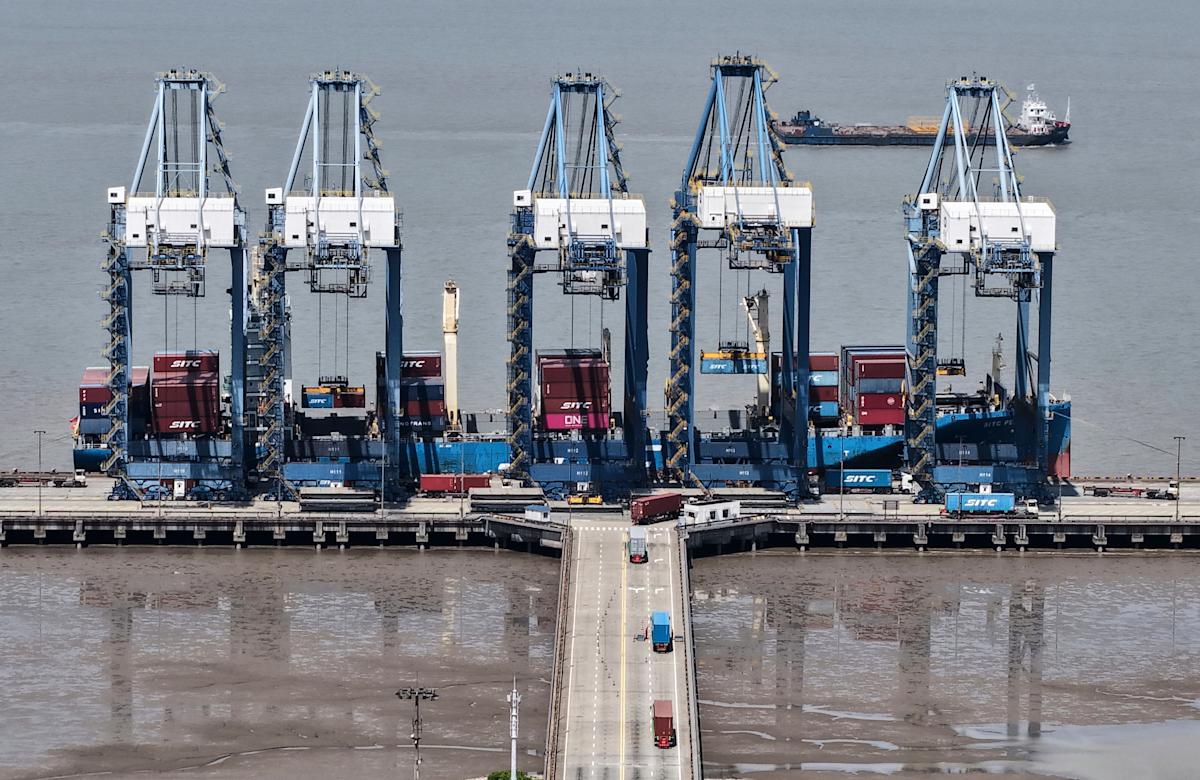Beijing's Economic Lifeline: Central Bank Slashes Rates to Counter Trump's Tariff Squeeze

In a strategic move to bolster China's economic resilience, the People's Bank of China has taken decisive action amid mounting trade pressures. Governor Pan Gongsheng unveiled a significant monetary policy adjustment on Wednesday, announcing a reduction in the key lending rate to commercial banks.
The central bank will trim the lending rate by 0.25 percentage points, bringing it down to 1.5%. This calculated decision comes as U.S. tariffs continue to cast a shadow over China's economic landscape. Simultaneously, the bank has also lowered the reserve ratio, giving commercial banks more flexibility in their lending capabilities.
By easing these financial constraints, China aims to stimulate economic growth, provide liquidity to the banking sector, and create a buffer against potential external economic challenges. The move signals the central bank's proactive approach to maintaining economic stability in an increasingly complex global trade environment.
